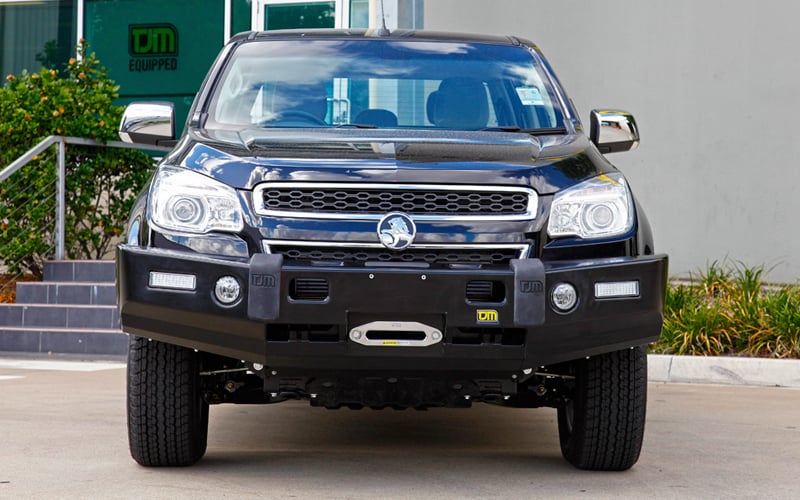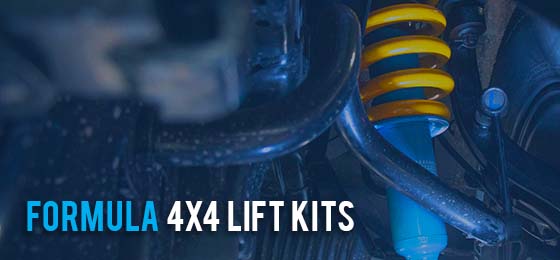
Most people never think about their car's suspension. And those that do, are often wrong. Because they believe myths that aren't even true.
So, let's look at a few of the most common suspension myths.
My suspension doesn't need maintenance
Every vehicle needs regular maintenance. And, we're not just talking about the engine.
Your suspension is made up of a lot of moving parts. The shocks, the power steering, the sway bars. They all move.
So, they need to be maintained or, they'll wear out a lot sooner than they should.
Have your power steering system flushed, and filled with fresh fluid every 12,000 km's. And, have the underside of your vehicle cleaned every so often.
Oil, dirt, and road tar are like cancer to the rubber bits in your suspension.
Shock mounts, suspension bushings, and power steering lines all contain rubber (unless you've upgraded to polyurethane). So, make sure that they're cleaned of all those contaminants periodically. Otherwise, you'll be replacing them a lot sooner than you think.
Lower is better
Some people think that if you want to achieve great handling, you have to lower your car. But, this is only partly true.
Lowering a vehicle only lowers its centre of gravity. And while that does improve handling. It can reduce the vehicle's ability to cope with various road conditions. Like railroad tracks, and potholes.
Before you go out and “slam” your ride. Look at some of the performance suspension kits that are available.
Often times, you can get the sharp handling that you want. By simply upgrading the shocks, and bushings.
But if it's the look that you're after. Use lowering springs, not a cutting torch.
Firmer suspension means better handling
This is quite possibly the biggest suspension myth ever perpetrated on mankind.
If you drive a Ferrari, or a Corvette. You expect the ride to be firm...because you're in a road-going race car.
But, an average vehicle doesn't have to ride bad, to handle good.
In order for a road car to handle well, the shocks need to have a proper amount of compression & rebound, to match the springs that they're mated with.
A properly matched set of performance springs and shocks will allow the vehicle's weight transfer to be less severe in the curves.
Plus, they can allow for the correct amount of compression. That way, the suspension will soak up the bumps. Instead of sending every rock & pebble directly up your spine.
You don't have to upgrade your suspension, if you run larger wheels and tyres
If you increase your vehicle's wheel diameter, or tread width, without updating your suspension. You're going to be in for a nasty surprise.
In order for a suspension to function properly, there has to be a lot of maths involved. Because every component (shocks, springs, sway bars) has to move within it's ideal operating range. Or, the vehicle won't handle the way it should/could.
If you're going to fit larger wheels and tyres. Make sure that the shocks and springs are designed to work with the size that you're trying to run.
You might have to break out the measuring tape, and calculator. But, it'll be worth it when your car actually handles as good as it looks.
Bad shocks just mean a bumpy ride
If you have a worn, or broken shock absorber. It's going to do a lot more than just make the ride a little bumpy.
Bad shocks can increase your stopping distance by as much as 20 metres. Plus, if you experience “wheel hop” during that hard stop. A broken shock can even cause your vehicle to slide.
So, don't put off replacing those worn shocks any longer.




